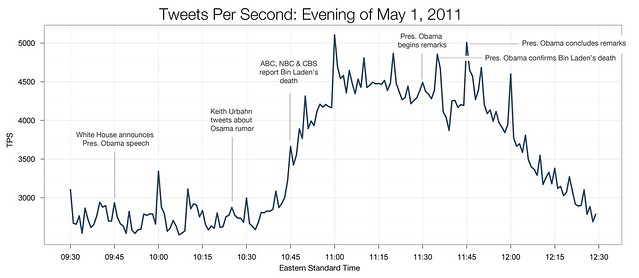The productive folks over at the Stanford Visualization Group (also responsible for the wonderful Protovis toolkit) have released a new on-line tool called Data Wrangler:
Wrangler is an interactive tool for data cleaning and transformation.
Spend less time formatting and more time analyzing your data.
The video clip above shows Data Wrangler in action.
The tool is in alpha but looks very promising.
Google offer a similar tool, Google Refine, which takes a different approach to the problem of data preparation - see the video clip below for example.
So, we're spoiled for choice when it comes to free, high quality tools for preparing data for visualization. Next time you have a data set that needs scrubbing before presentation give Data Wrangler or Google Refine a go...




